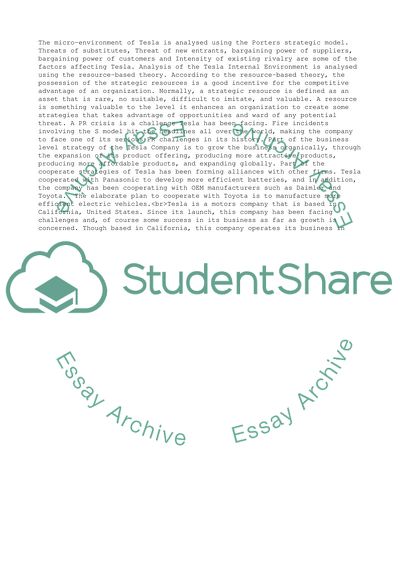Cite this document
(Tesla case study Example | Topics and Well Written Essays - 3750 words, n.d.)
Tesla case study Example | Topics and Well Written Essays - 3750 words. https://studentshare.org/business/1870103-tesla-case-study
Tesla case study Example | Topics and Well Written Essays - 3750 words. https://studentshare.org/business/1870103-tesla-case-study
(Tesla Case Study Example | Topics and Well Written Essays - 3750 Words)
Tesla Case Study Example | Topics and Well Written Essays - 3750 Words. https://studentshare.org/business/1870103-tesla-case-study.
Tesla Case Study Example | Topics and Well Written Essays - 3750 Words. https://studentshare.org/business/1870103-tesla-case-study.
“Tesla Case Study Example | Topics and Well Written Essays - 3750 Words”. https://studentshare.org/business/1870103-tesla-case-study.


